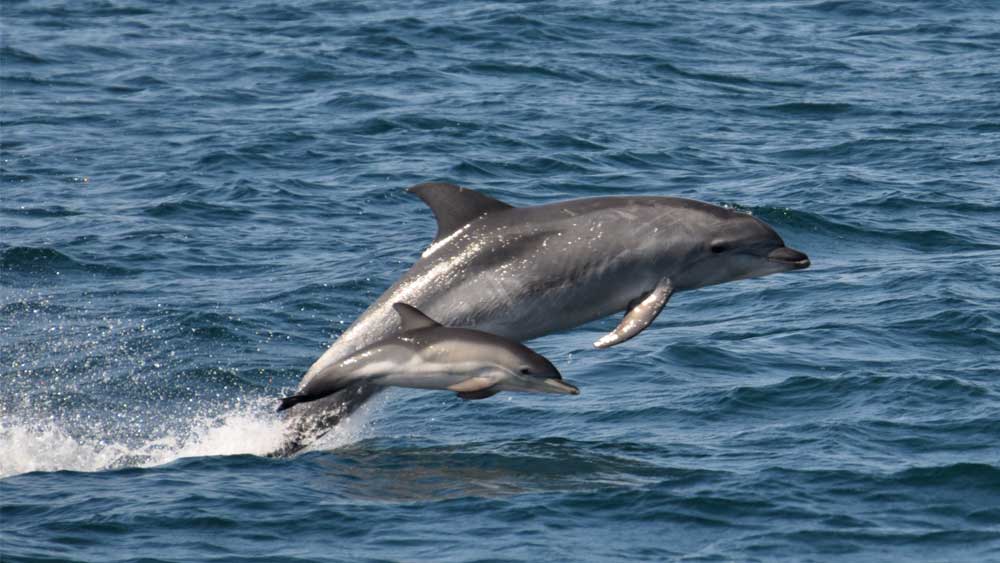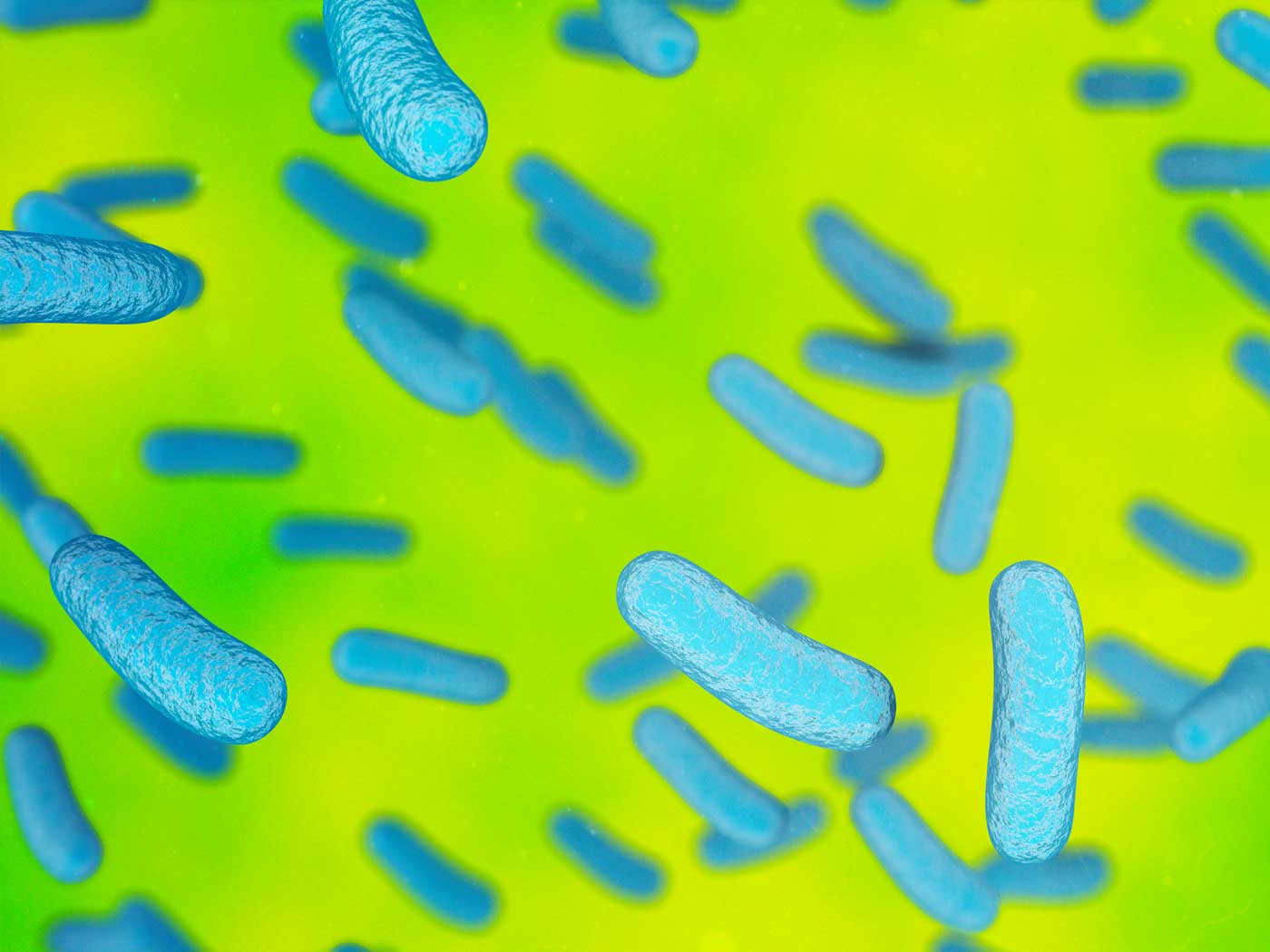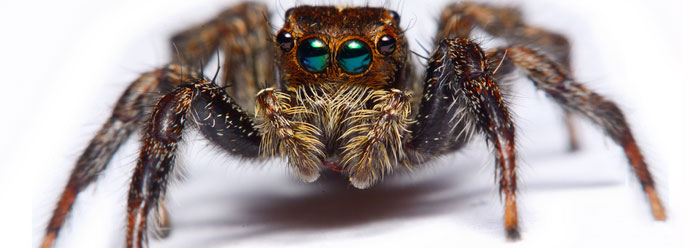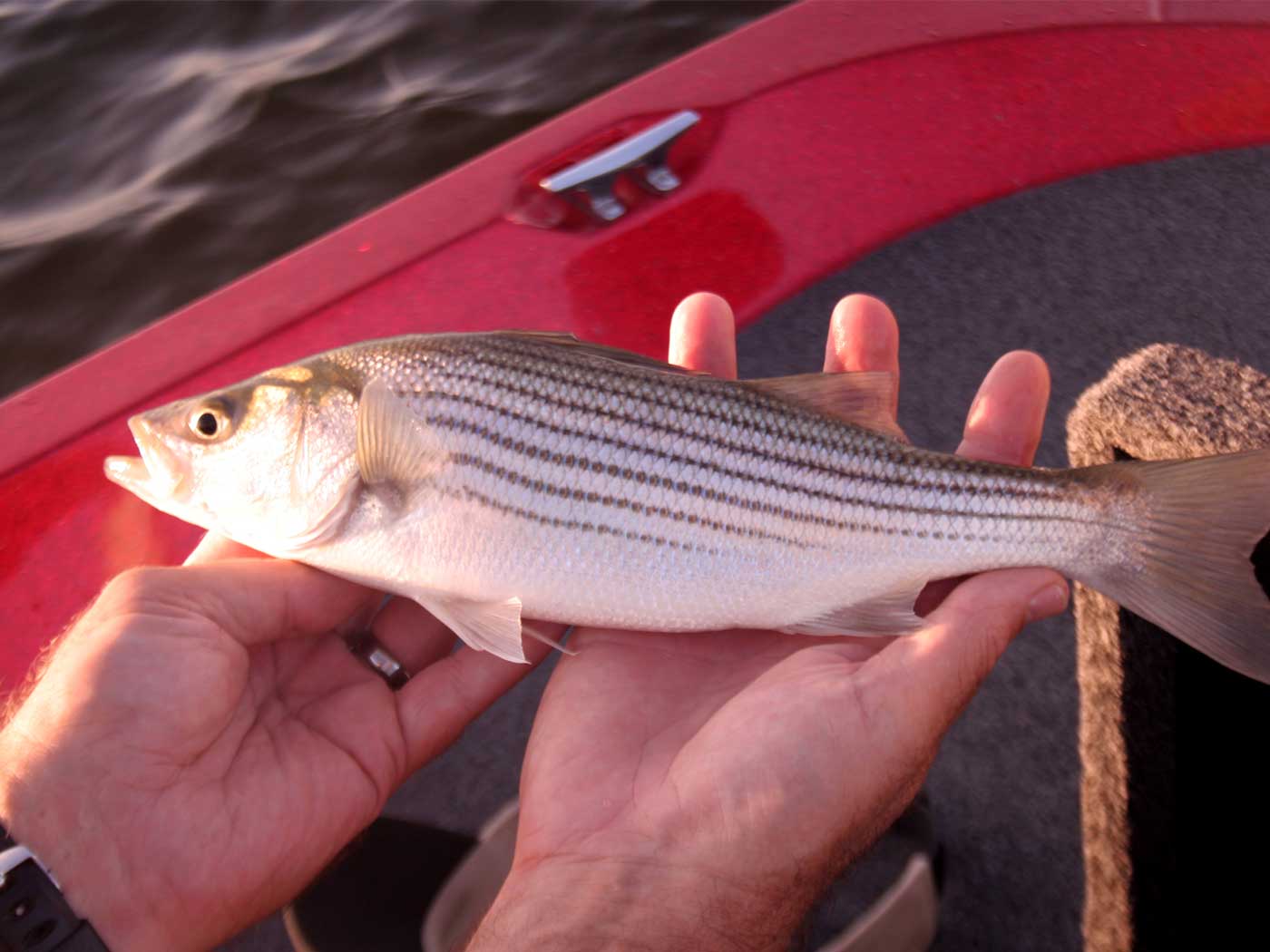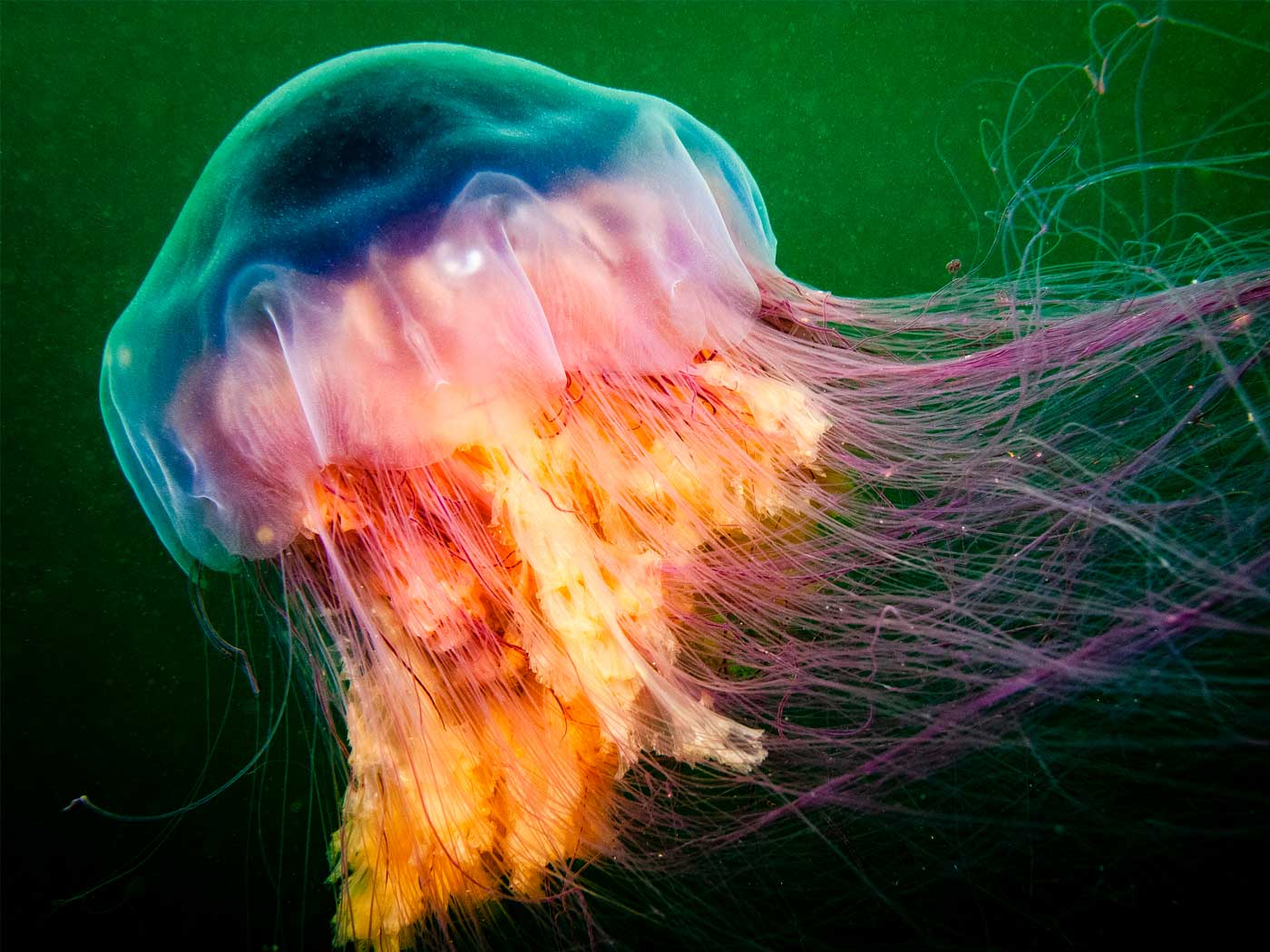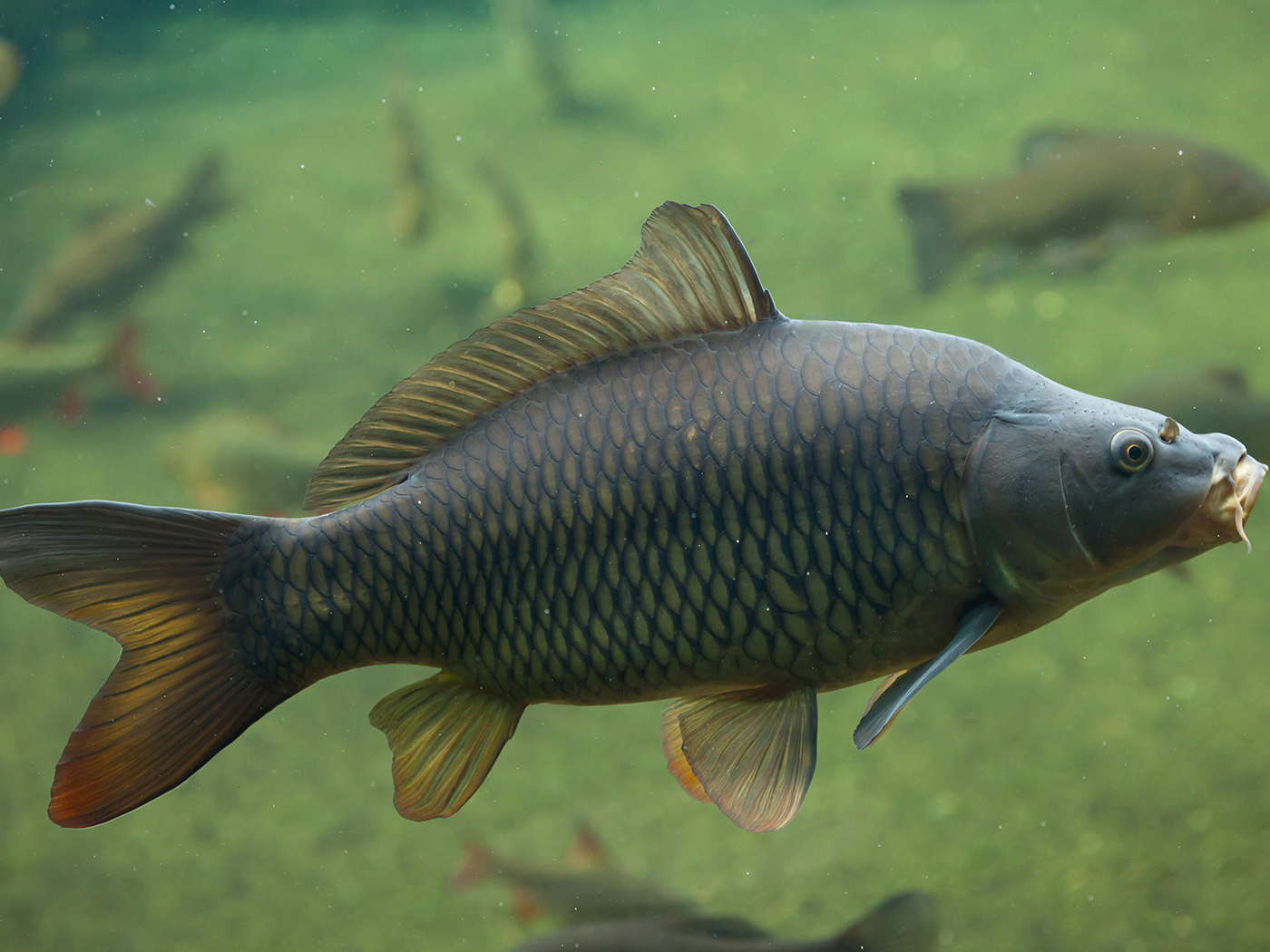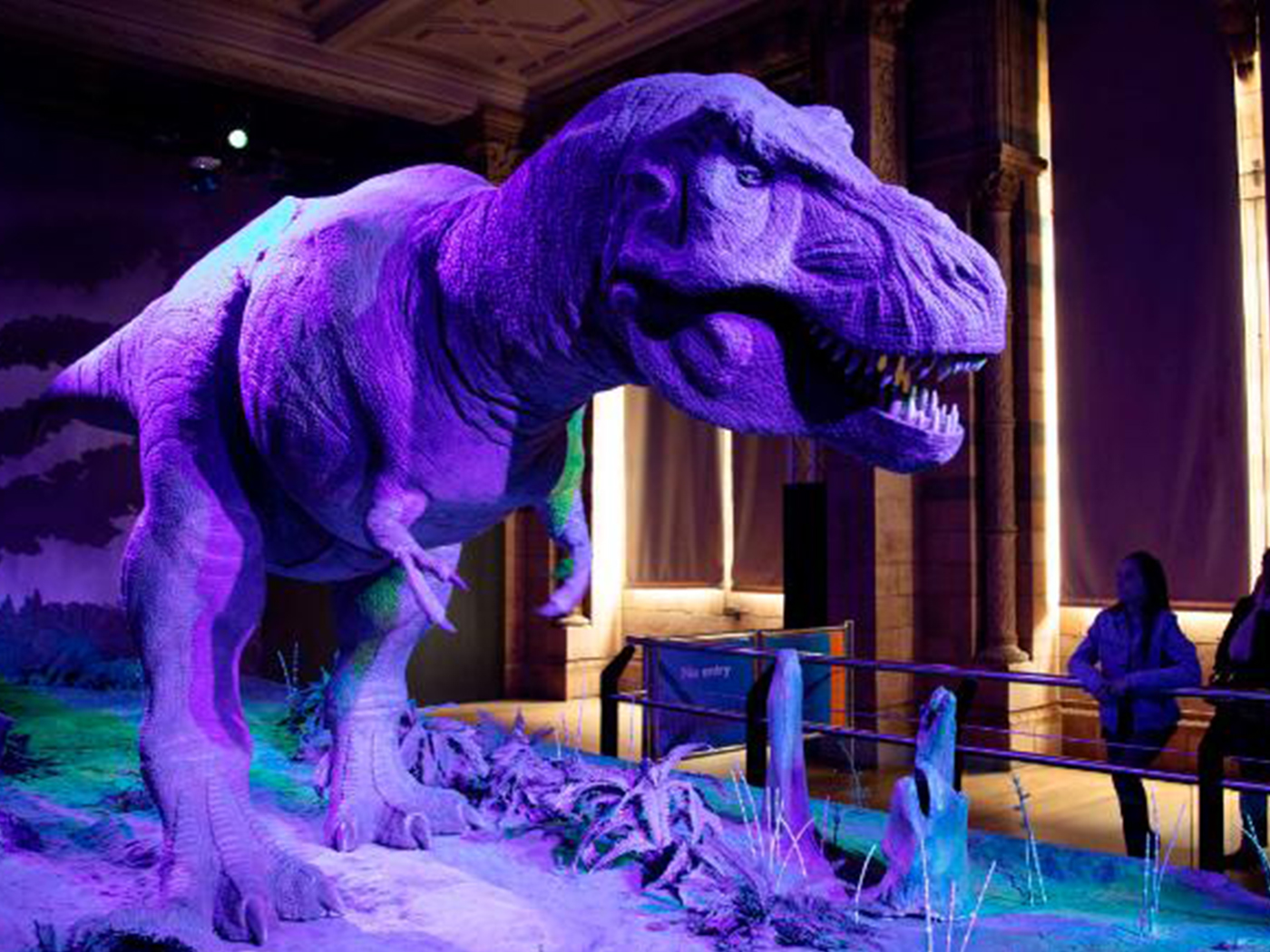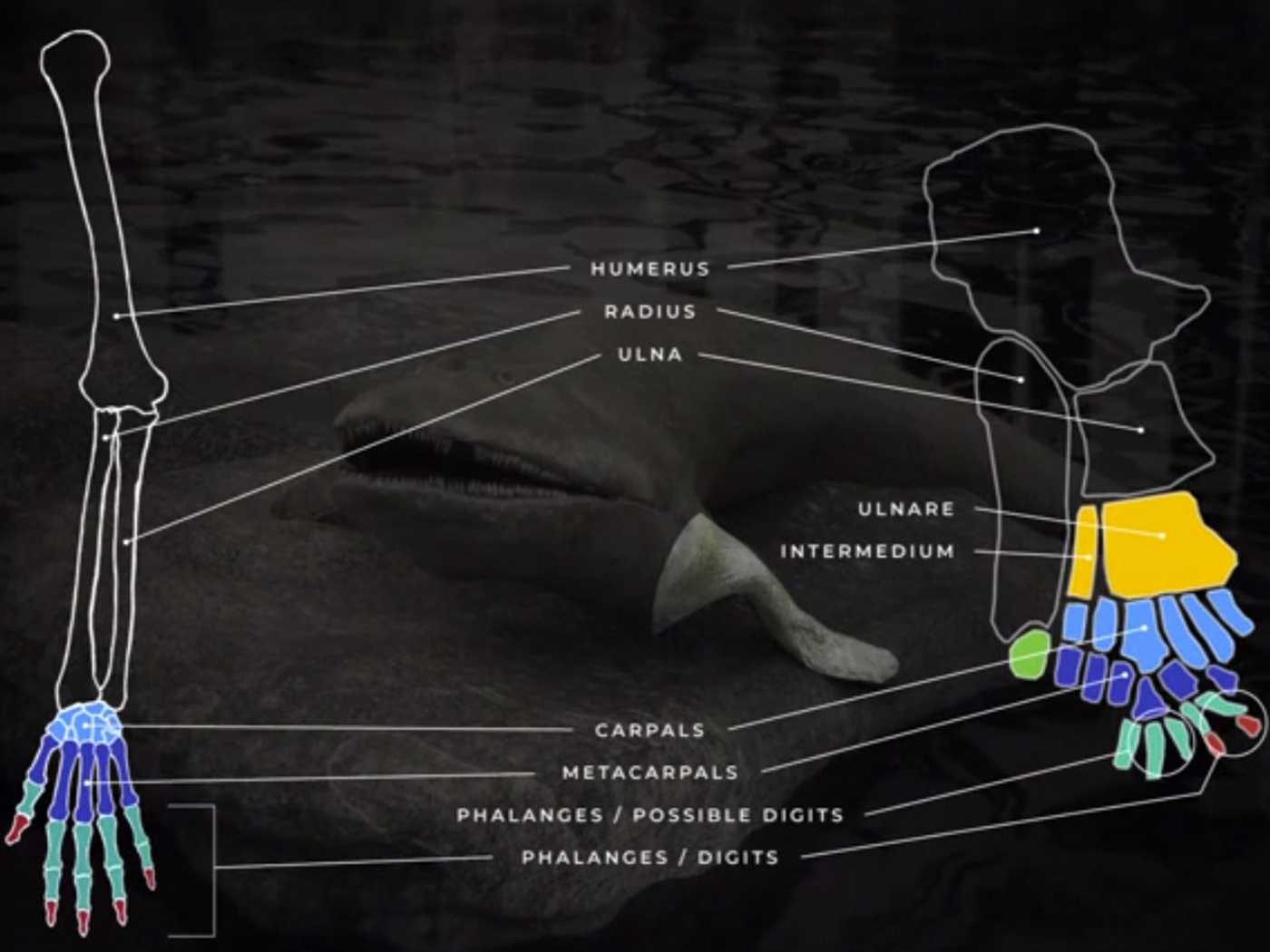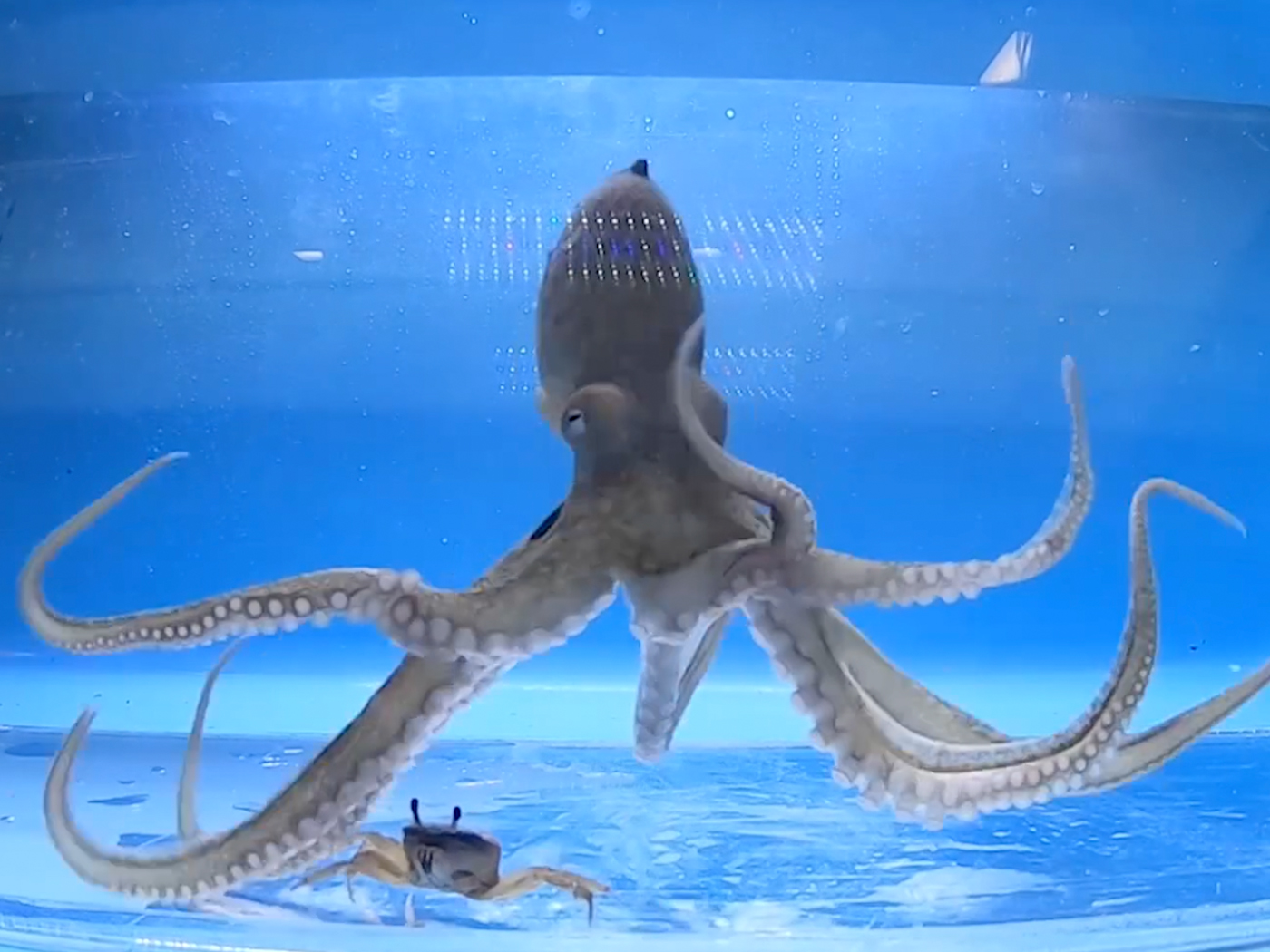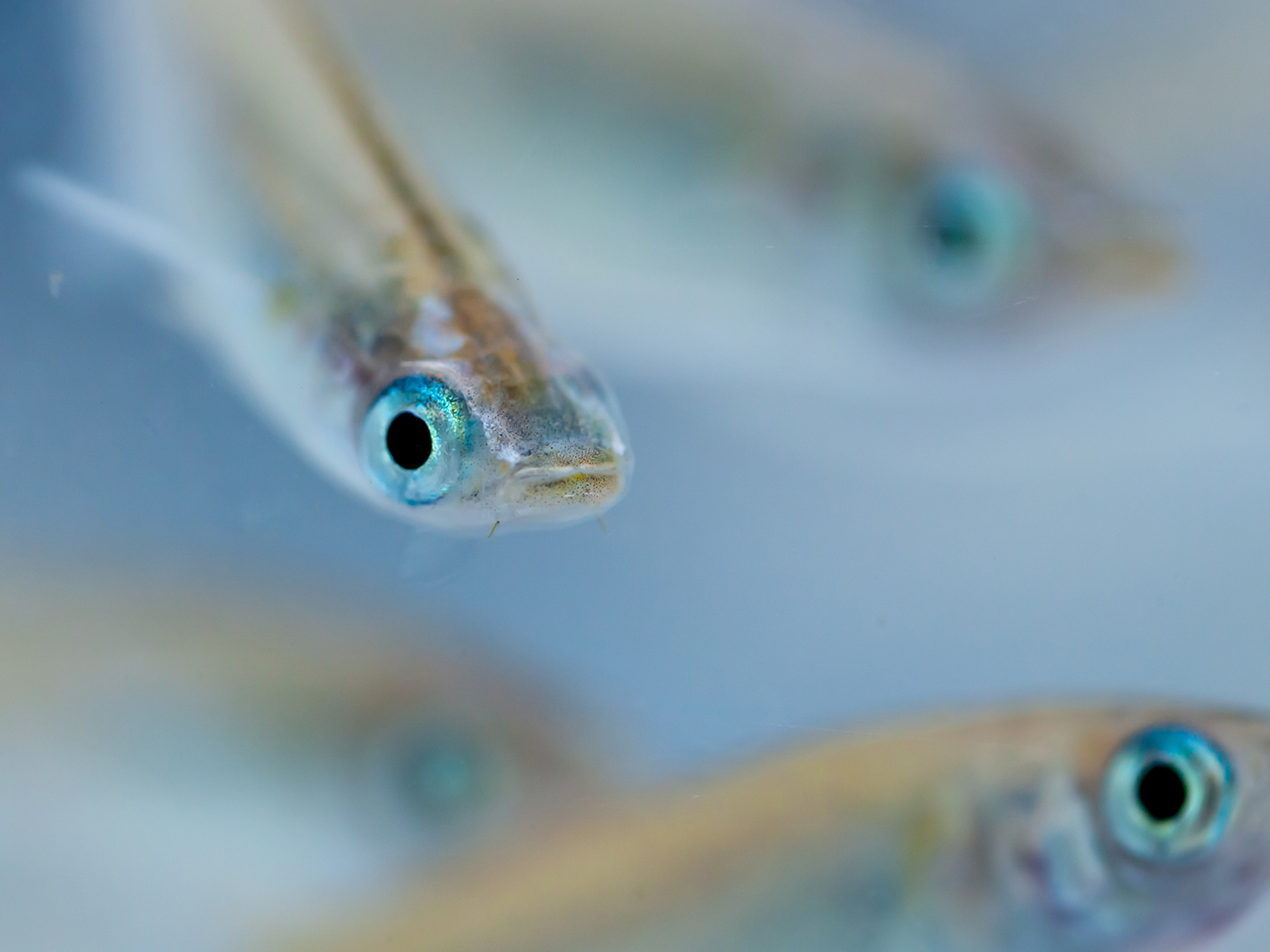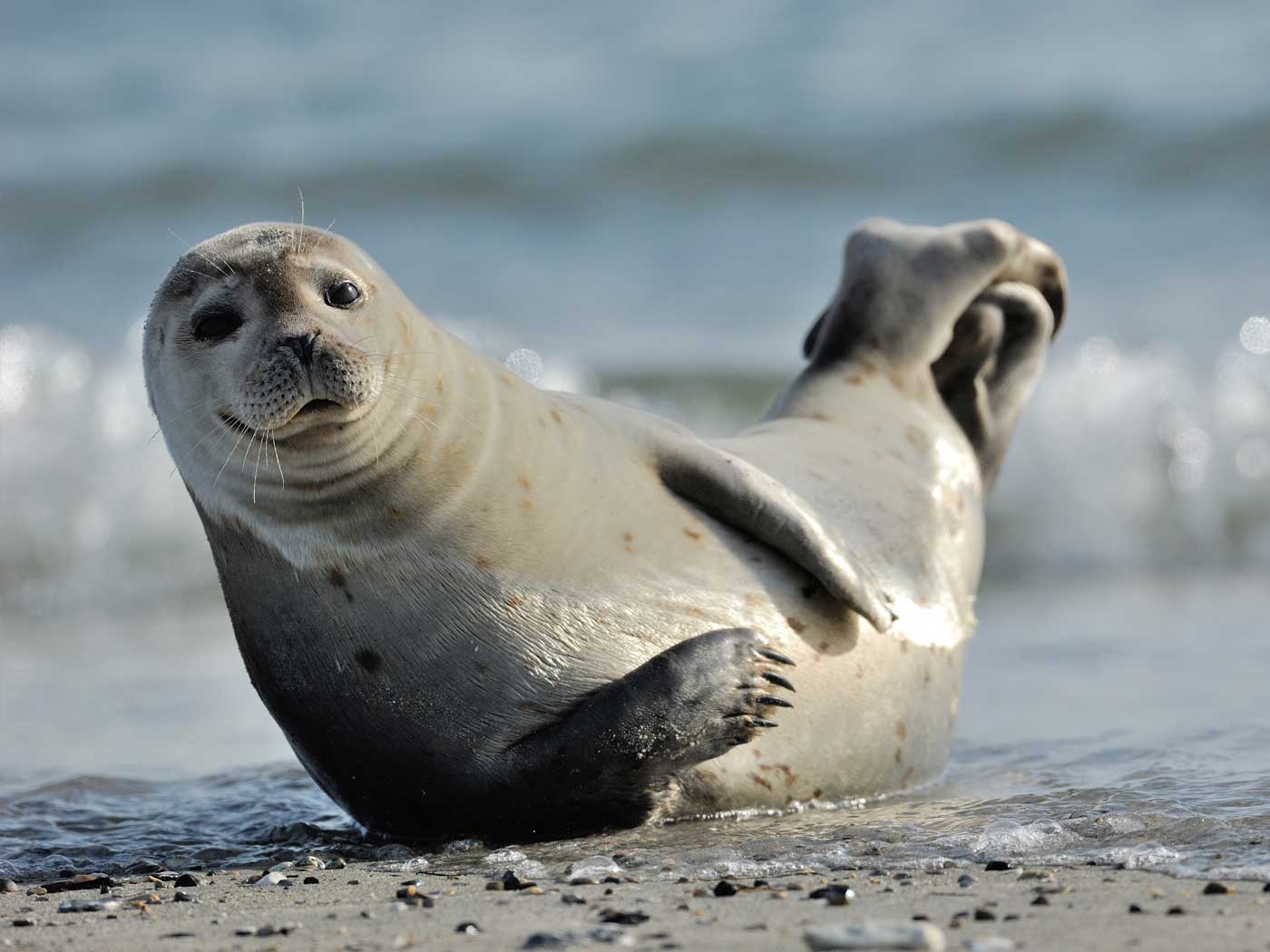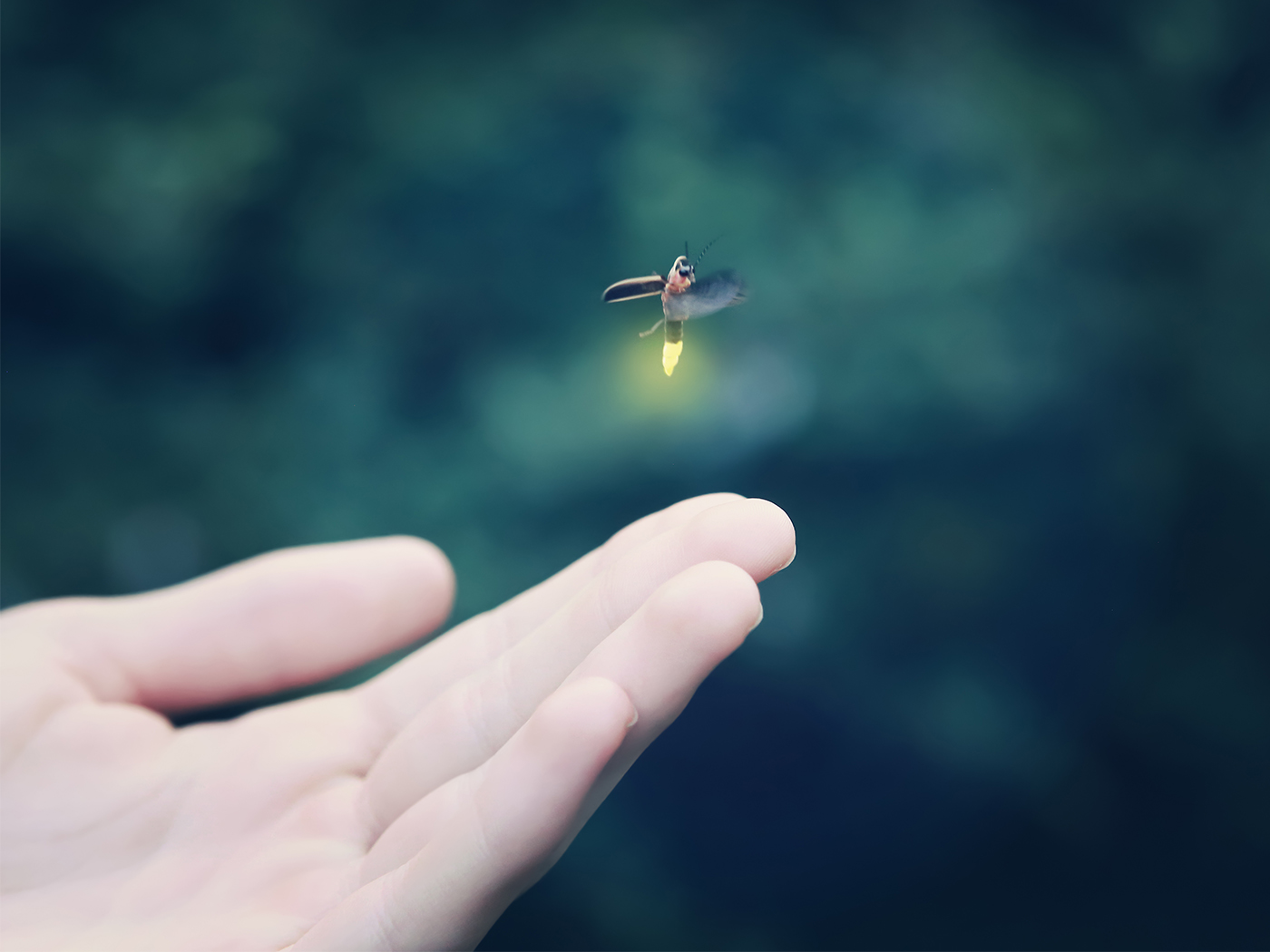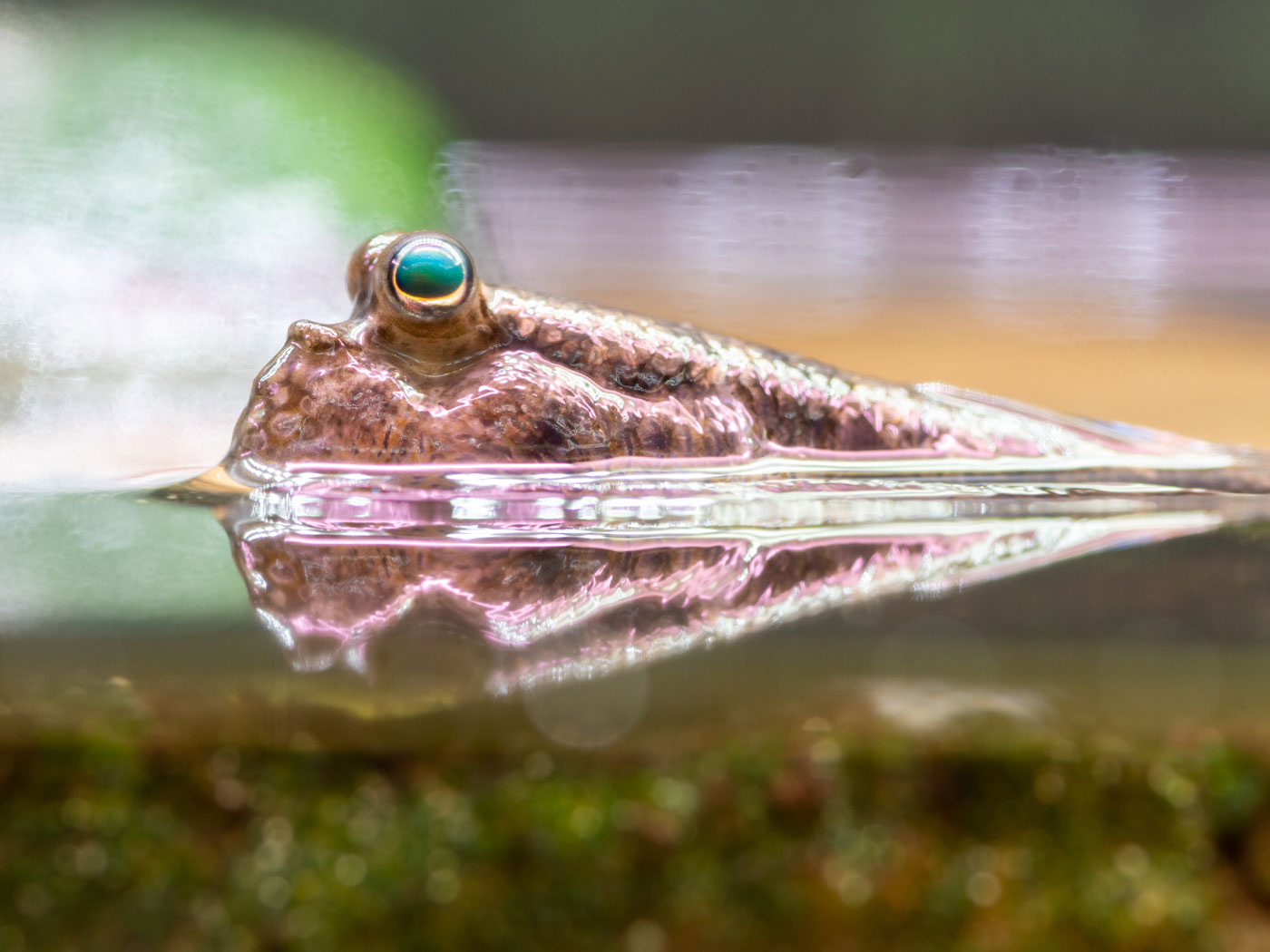Dolphins catch fish as prey by a mix of programmed instincts and learning.3,4
One example of learned fish-catching behavior is the well-documented practice of dolphins pursuing and ripping into fishing nets that belong to fishing boats, much to the disappointment of fishermen whose nets are thus robbed by hungry dolphins.3
Reports of increasing catch depredation among odontocetes [toothed cetaceans including dolphins] and pinnipeds [such as seals] reflect the expansion, intensification, and diversification of world fisheries and a wide range of marine mammal species depredate in a diversity of fishing gears. For example, seals with gillnet sets in northern Europe, killer whales with demersal longlines in the South Atlantic, and false killer whales with pelagic longlines in the Pacific. Fisheries may face considerable economic losses through spoil of catch and destruction of gear. . .4
Mammalogists have been studying how dolphins catch their prey, which includes copying how dolphin mothers catch fish. But recent observations, now reported in the journal Current Biology,2 document how Indo-Pacific bottlenose dolphins (Tursiops aduncus) also learn from peers of their same generation, similar to how human youngsters often copy behaviors of siblings and classmate peers.5
Dolphins can learn new skills from their fellow dolphins. That's the conclusion of a new study reported in the journal Current Biology on June 25 [2020]. The findings are the first to show that dolphins are not only capable of learning new ways to catch prey, but they are also motivated to learn from peers, not just from their mothers, the researchers say.1
One fish-catching technique that the researchers observed was the dolphins’ practice of what is called “shelling,” when dolphin use an empty shell as a tool.
"Our study shows that the foraging behavior 'shelling'—where dolphins trap fish inside empty seashells—spreads through social learning among close associates," says Sonja Wild, who conducted this research for her doctorate at the University of Leeds. "This is surprising, as dolphins and other toothed whales tend to follow a 'do-as-mother-does' strategy for learning foraging behavior." … [Remarkably] shelling represents only the second reported case of tool use in dolphins. The dolphins of Shark Bay, Western Australia, are also known to use marine sponges as foraging tools to help them catch prey, according to the researchers.1
Dolphins utilize the [marine gastropod] shell to first entrap the prey before exposing it to gravity by lifting the shell above the water surface and shaking it about in order to dislodge the prey, thereby … qualifying [such] shelling as tool use.2
Dolphins utilize the [marine gastropod] shell to first entrap the prey before exposing it to gravity by lifting the shell above the water surface and shaking it about in order to dislodge the prey, thereby … qualifying [such] shelling as tool use.2
The Leeds research team documented spatial proximity among dolphin groups, to determine whether (and when) dolphins were with or apart from their mothers, because many of the learned life-skill life lessons are taught by dolphin mothers.
Close proximity between mother and offspring during dependency combined with prolonged parental care provides ample opportunities for social transmission of behavior, explaining the prevalence of vertical transmission. Our results quantify non-vertical [i.e., not from one generation unto the next] transmission of shelling, however, illustrating that free-ranging dolphins are also capable of learning foraging behavior outside the mother-calf bond. This builds upon previous cases of presumed horizontal transmission of behavior in [odontocetes, such as dolphins and toothed whales] …. Social learning opportunities increase with the duration and frequency of proximity between demonstrator and observer. Both females and, in particular, allied male dolphins in Shark Bay show high levels of social tolerance within cohesive social groups, which manifests itself in spatial proximity during foraging and, we hypothesize, may have facilitated the horizontal spread of shelling.2
So, although the most important learning is provided parentally, peers also provide “education” by role-modeling behaviors. All the more reason to pick your peers prudently, whether you are a human or a dolphin!5
Darwinists attribute the learning capacities and accomplishments of dolphins to evolutionary luck over time,6 despite proof that it is God Who installed wisdom and learning abilities in all intelligent birds and mammals.7
Accordingly, don’t hold your breath waiting for evolutionists—like University of Zürich’s Michael Krützen (who initiated the dolphin research project)—to give proper credit to God for bottle-nosed dolphins’ learning skills and social habits.
"Indeed, despite having divergent evolutionary histories and occupying different environments, there are striking similarities between cetaceans and great apes: both are long-lived, large-brained mammals with high capacities for innovation and cultural transmission of behaviors."1
But their imaginary notion is that dolphins and whales magically morphed—either by multi-generational increments or via saltational transmogrifications—from mythic terrestrial quadrupeds. But such imagination requires a curt dismissal of the real-world evidence found in fossils—and also in the megafauna of today’s oceans.6
Michael J. Benton …[opines] "Looking at the great blue whale, 30m [98 feet] long, or a fast-swimming dolphin, it is hard to imagine how they evolved from terrestrial mammal ancestors, and yet that is what happened." The reason this is so difficult to imagine is because it never really did happen. Natural causes have not and do not craft collections of interdependent, complicated mechanisms that coordinate vital body systems. These kinds of elegant mechanisms have to come into existence all at once, not bit-by-bit. The evidence indicates creation by design, not gradual evolution by happenstance.8
Dolphins, whales, and other marine mammals were created by God on Day 5 of Creation Week. Even in this fallen world, these ocean-dwelling animals are magnificent. Accordingly, we can admire God’s handiwork and His providential provision of wisdom—by programmed instinct and by experiential learning—that we see displayed in dolphin, tool-utilizing “shelling,” fishnet depredations, and other feats of intelligence.
So God created great sea creatures and every living thing that moves, with which the waters abounded, according to their kind…. And God saw that it was good.9
References
1. Staff writer. Dolphins Learn Foraging Skills from Peers. ScienceDaily. Posted on sciencedaily.com June 25, 2020, accessed June 30, 2020
2. Wild, S., W. J. E. Hoppitt, S. J. Allen, et al. 2020. Integrating Genetic, Environmental, and Social Networks to Reveal Transmission Pathways of a Dolphin Foraging Innovation. Current Biology. 10.1016/j.cub.2020.05.069
3. Staff writer. Dolphins Tear up Nets as Fish Numbers Fall. University of Exeter. Posted on Exeter.ac.uk March 29, 2018, accessed June 30, 2020. “University of Exeter researchers studied the impact of bottlenose dolphins on fisheries off northern Cyprus … [where] Mediterranean overfishing had created a ‘vicious cycle’ of dolphins and fishers competing for dwindling stocks. Fishing businesses in the area are mostly small-scale, and the study says damage done by dolphins costs them 1000s or even 10,000s of euros per year. Acoustic ‘pingers’ designed to deter dolphins were ineffective, and may even have worked as a ‘dinner bell’ to attract them in some cases … ‘It seems that some dolphins may be actively seeking nets as a way to get food’, said lead author Robin Snape” of University of Exeter’s Penryn campus in Cornwall, England.
4. Snape, R. T. E., A. C. Broderick, B. A. Çiçek, et al. 2018. Conflict between Dolphins and a Data-Scarce Fishery of the European Union. Human Ecology. 46: 423-433, reporting: “Fisheries depredation by marine mammals is an economic concern worldwide. ... Dolphins were present in fishing grounds throughout the year and were detected at 28% of sets. Net damage was on average 6 times greater where dolphins were present, was correlated with dolphin presence, and the associated costs were considerable. An acoustic deterrent pinger was tested, but had no significant effect … [and, often, actually alerted and thus attracted dolphins to the fish-filled nets].”
5. Compare Psalm 1:1 and Amos 3:3 with 1 Corinthians 15:33. Of course, wisdom in selecting friends is even moreso true for selecting a life-mate. Regarding odontocete mating, it should be noted that the existence of hybrid “wholphins” (offspring of bottlenose dolphin X false killer whale) is yet another embarrassment to evolutionists’ divergent phylogeny myths. See Thomas, B. Whale Variations Support Creation. Creation Science Update. Posted on ICR.org June 11, 2020, accessed June 30, 2020.
6. Cetaceans have always been cetaceans. See Genesis 1:21. “Evolutionists are convinced that these aquatic mammals were not created but evolved from land animals some 50 million years ago. ‘Looking at a great blue whale 30m long, or a fast-swimming dolphin, it is hard to imagine how they evolved from terrestrial mammal ancestors, and yet that is what happened.’ Instead, the evidence is that God created whales as whales during the creation week thousands of years ago. Whale fossils look just like modern whales.” Sherwin, F. 2019. Genesis and the Oceans. Acts & Facts. 48(12).
7. See Proverbs 30:24-28. Catching underwater prey (such as highly mobile fish) is possible only because God equipped odontocetes (like toothed whales and dolphins) with environmental tracking systems that fit their dietary needs and opportunities. For example, see Johnson, J. J. S. 2020. Noisy Narwhals in Greenland’s Frigid Fjords. Creation Science Update. Posted on ICR.org June 18, 2020, accessed June 30, 2020. Besides mammals (like dolphins and dogs), birds are especially intelligent and capable of learning. Johnson, J. J. S. 2017. Clever Creatures: ‘Wise from Receiving Wisdom’. Acts & Facts. 46(3): 21. See also Johnson, J. J. S. Jackdaws Identify ‘Dangerous’ from ‘Safe’ Humans. Creation Science Update. Posted on ICR.org May 4, 2020, accessed June 30, 2020.
8. Thomas, B. 2015. Clever Construction in Rorqual Whales. Creation Science Update. Posted on ICR.org May 14, 2015, accessed June 30, 2020.
9. Genesis 1:21.
*Dr. Johnson is Associate Professor of Apologetics and Chief Academic Officer at the Institute for Creation Research.




